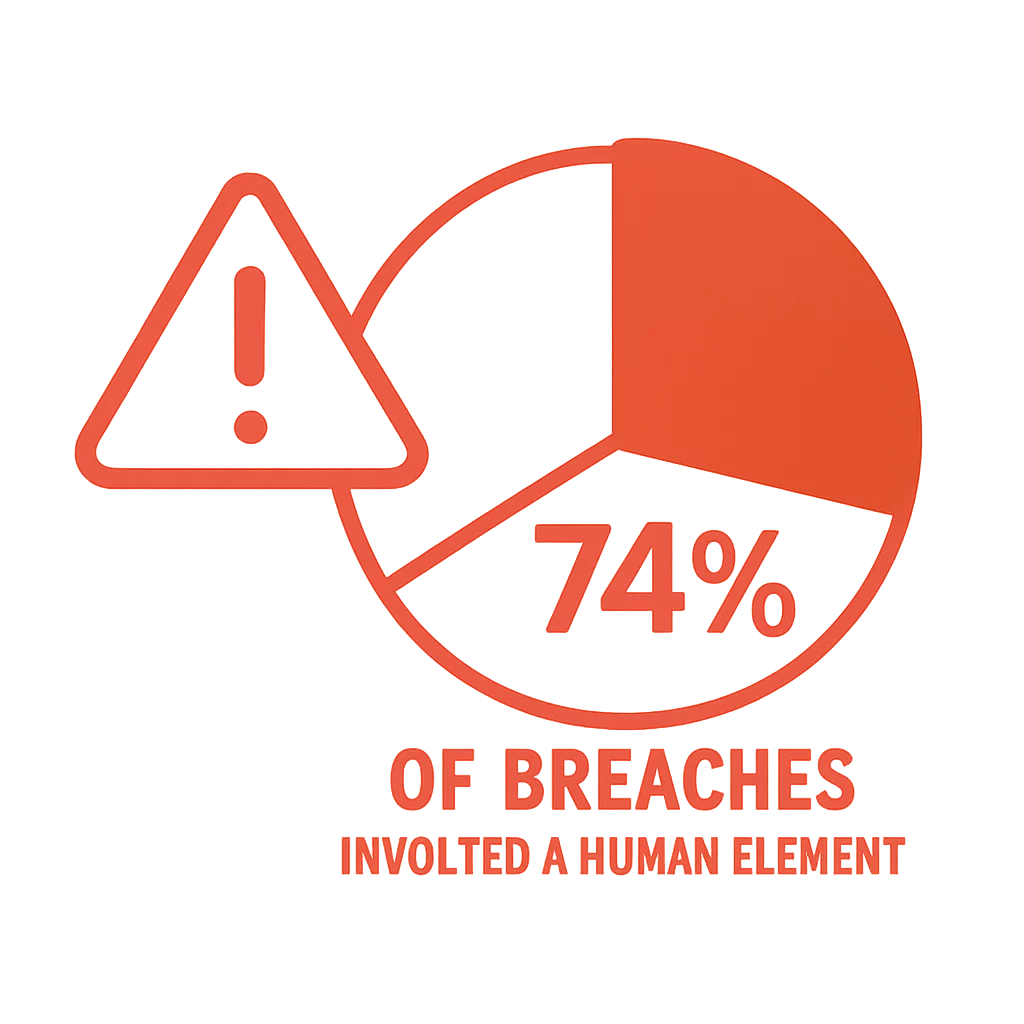Software lies at the heart of technology firms, driving innovation, customer experiences, and operational efficiency. However, as software becomes more integral to business success, it also becomes a prime target for cyberattacks. From data breaches to ransomware, the consequences of insecure software can be devastating, financially, legally, and reputationally. This is where a Secure Software Development Lifecycle (SDLC) comes into play.
At Bylinear, we believe that security shouldn’t be an afterthought bolted onto a finished product. Instead, it must be woven into every stage of the software development process. In this article, we’ll explore the Secure SDLC, break down its key phases, and dive into real-world cases where integrating security at each step has helped tech firms mitigate risks and deliver robust, trustworthy software.
What Is a Secure SDLC?
The Software Development Lifecycle (SDLC) is a structured process that guides the creation, deployment, and maintenance of software. Traditionally, it includes stages like planning, design, development, testing, deployment, and maintenance. A Secure SDLC builds on this framework by embedding security practices into each phase, ensuring that vulnerabilities are identified and addressed early and often.

Why does this matter? According to the 2023 Verizon Data Breach Investigations Report, 74% of breaches involved a human element, such as errors or misconfigurations, many of which could have been prevented with proactive security measures during development. For tech firms, where software is both a product and a competitive edge, a Secure SDLC is a business imperative.
Let’s walk through each phase of the SDLC and explore how security can be integrated, with examples to illustrate the impact.
Phase 1: Planning and Requirements Analysis
Objective: Define what the software needs to do and establish security requirements upfront.
Security Integration:
- Conduct a risk assessment to identify potential threats (e.g., data exposure, unauthorized access).
- Define security requirements alongside functional ones, such as encryption standards or compliance with regulations like GDPR or CCPA.
- Involve security teams early to align goals with business objectives.
Case Example: A FinTech Startup’s Early Win
A mid-sized FinTech company developing a payment processing app learned this lesson the hard way. In their initial release, they skipped a formal risk assessment, assuming security could be added later. Post-launch, a vulnerability in their API allowed attackers to intercept transaction data, costing them $2 million in damages and a PR nightmare. For their next project, they adopted a Secure SDLC. During the planning phase, they identified PCI DSS compliance as a core requirement and mapped out threats like SQL injection. By addressing these risks early, they reduced vulnerabilities by 60% in the final product, as verified by penetration testing.
Key Takeaway: Security requirements defined at the start save time, money, and headaches later.
Phase 2: Design and Architecture
Objective: Create a blueprint for the software that balances functionality with security.
Security Integration:
- Use threat modeling to anticipate how attackers might exploit the system (e.g., STRIDE or DREAD frameworks).
- Design with secure principles like least privilege and defense-in-depth.
- Select secure frameworks and libraries vetted for vulnerabilities.
Case Example: A SaaS Provider’s Proactive Design
A SaaS company building a customer relationship management (CRM) tool faced a challenge: their initial design relied on a third-party library with a known vulnerability. Instead of proceeding, their security team conducted threat modeling during the design phase, identifying risks of session hijacking. They redesigned the authentication flow to use OAuth 2.0 and implemented input validation at the architectural level. When a competitor later suffered a breach due to a similar flaw, this company’s proactive approach kept their customers’ data safe and their reputation intact.
Key Takeaway: A secure design prevents costly rework and builds customer trust.
Phase 3: Development and Coding
Objective: Write code that brings the design to life securely.
Security Integration:
- Follow secure coding standards (e.g., OWASP Top Ten guidelines).
- Use static application security testing (SAST) tools to catch vulnerabilities in real-time.
- Train developers on common pitfalls like cross-site scripting (XSS) or insecure deserialization.
Case Example: A Gaming Company’s Code Cleanup
A tech firm developing a multiplayer online game struggled with frequent security bugs in their early builds. Developers, under tight deadlines, prioritized features over security, resulting in exploitable buffer overflows. After adopting a Secure SDLC, they integrated SAST into their CI/CD pipeline and mandated secure coding workshops. One developer caught a critical XSS flaw in a chat feature before it reached testing, preventing a potential account takeover exploit. Post-launch, the game saw zero security-related outages, a rare feat in the gaming world.
Key Takeaway: Secure coding isn’t optional; it’s a skill that pays dividends.
Phase 4: Testing and Quality Assurance
Objective: Validate that the software works as intended and is free of exploitable flaws.
Security Integration:
- Perform dynamic application security testing (DAST) to simulate real-world attacks.
- Conduct penetration testing by ethical hackers to uncover hidden weaknesses.
- Test for both functional bugs and security vulnerabilities, like misconfigured permissions.
Case Example: An E-Commerce Platform’s Near Miss
An e-commerce tech firm nearly shipped a checkout system with a flaw that exposed customer billing details. During the testing phase of their Secure SDLC, a penetration tester discovered an insecure direct object reference (IDOR) vulnerability. By exploiting it, they accessed other users’ orders, a breach that could have violated PCI DSS and eroded customer trust. The team patched the issue pre-launch, and subsequent audits confirmed a 95% reduction in high-severity vulnerabilities compared to their previous release.
Key Takeaway: Rigorous testing catches what coding misses.
Phase 5: Deployment and Release
Objective: Launch the software into production securely.
Security Integration:
- Harden the deployment environment (e.g., secure configurations, minimal attack surface).
- Use automated deployment tools to ensure consistency and avoid human error.
- Implement monitoring to detect anomalies post-launch.
Case Example: A HealthTech Firm’s Smooth Launch
A HealthTech company releasing a telemedicine app faced strict HIPAA compliance requirements. In their Secure SDLC, they used Infrastructure-as-Code (IaC) to deploy hardened servers with encrypted connections and role-based access controls. Post-launch monitoring caught an unusual spike in login attempts, which their team traced to a brute-force attack and mitigated within hours. Their secure deployment ensured zero downtime and full compliance, a win for patients and regulators alike.
Key Takeaway: A secure launch sets the stage for long-term success.
Phase 6: Maintenance and Updates
Objective: Keep the software secure and functional over time.
Security Integration:
- Monitor for new vulnerabilities using tools like dependency scanners.
- Release patches promptly to address emerging threats.
- Gather user feedback to identify security gaps missed in earlier phases.
Case Example: A Cloud Provider’s Ongoing Vigilance
A cloud storage provider thought their Secure SDLC ended at deployment until a zero-day exploit in a third-party library exposed customer files. After the incident, they revamped their maintenance phase, integrating continuous vulnerability scanning and a rapid patch cycle. When a similar exploit surfaced a year later, they patched it within 48 hours, avoiding a repeat breach. Their proactive maintenance earned them a spot on Gartner’s “Top Secure Cloud Providers” list.
Key Takeaway: Security is a journey, not a destination.
Why Tech Firms Should Adopt a Secure SDLC
The cases above highlight a universal truth: integrating security into the SDLC isn’t just about avoiding breaches, it’s about building better software. Tech firms that embrace this approach reap benefits like:
- Reduced Costs: Fixing a vulnerability in the design phase is 100 times cheaper than post-launch, per IBM’s System Sciences Institute.
- Faster Delivery: Proactive security eliminates last-minute scrambles, streamlining release cycles.
- Customer Trust: Secure software differentiates you in a market where data privacy is non-negotiable.
At Bylinear, we’ve seen firsthand how a Secure SDLC transforms tech firms. Our clients, ranging from startups to enterprises, report fewer incidents, happier customers, and stronger compliance. Whether you’re coding a mobile app or a cloud platform, security can’t wait.
Getting Started with Bylinear
Ready to integrate security into your SDLC? Here’s how to begin:
- Assess Your Current Process: Identify gaps in your existing workflow with a security audit.
- Train Your Team: Equip developers and engineers with the tools and knowledge to prioritize security.
- Partner with Experts: Bylinear offers tailored solutions, from threat modeling to penetration testing, to fortify your SDLC.
In a world where cyber threats evolve daily, a Secure SDLC is your competitive edge. Let’s build software that’s as secure as it is innovative. Contact Bylinear today to learn more.
